Home>Furniture>Outdoor Furniture>How Much Is An Enclosed Patio
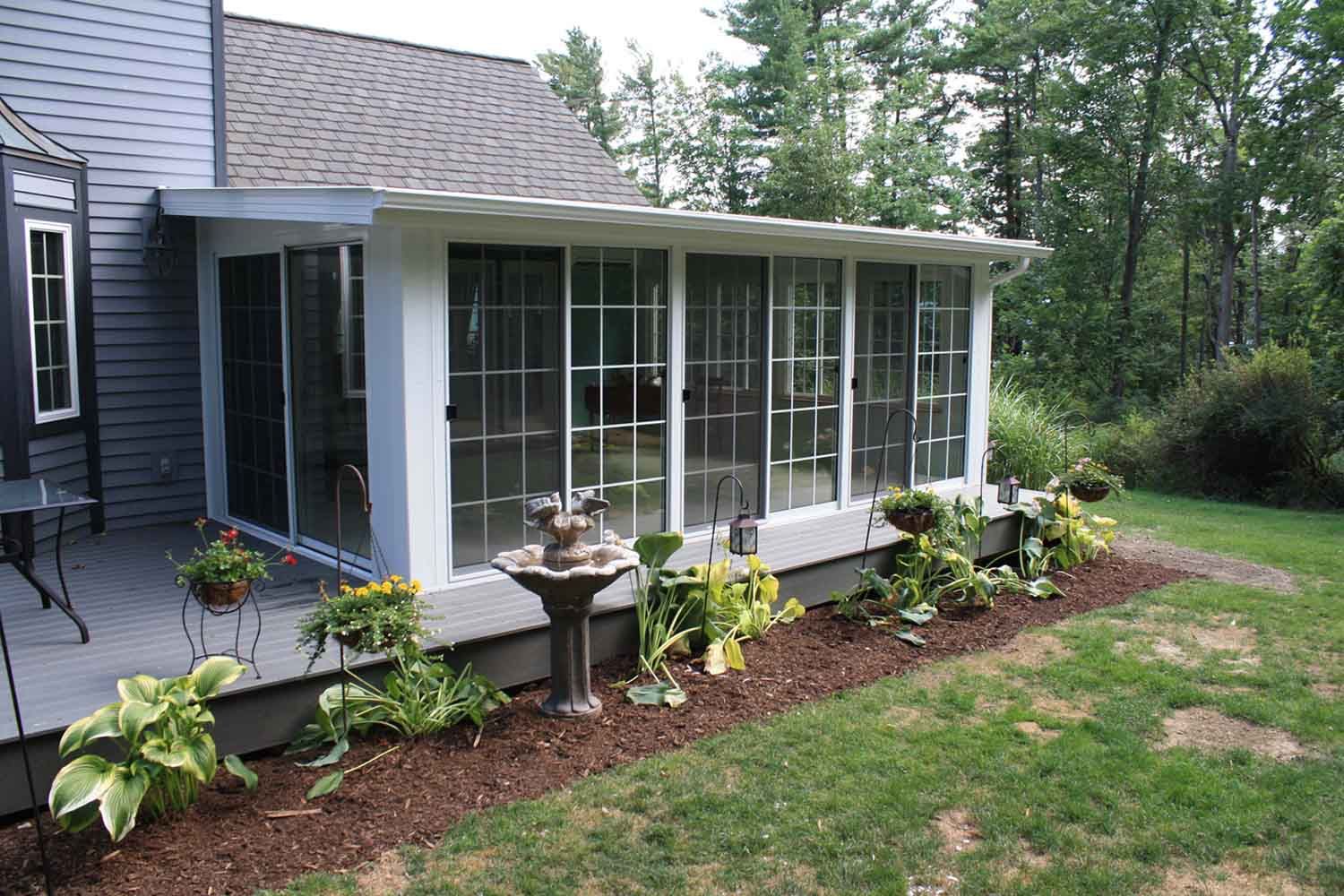

Outdoor Furniture
How Much Is An Enclosed Patio
Modified: March 7, 2024
Discover the cost of an enclosed patio and transform your outdoor space with stylish and durable outdoor furniture. Find the perfect furnishings for your patio today!
(Many of the links in this article redirect to a specific reviewed product. Your purchase of these products through affiliate links helps to generate commission for Storables.com, at no extra cost. Learn more)
Introduction
When it comes to creating the perfect outdoor space, an enclosed patio can be a game-changer. Not only does it provide a versatile and functional area for relaxing and entertaining, but it also adds value to your home. An enclosed patio offers a seamless way to blend indoor and outdoor living, giving you the opportunity to enjoy the outdoors while staying protected from the elements.
Whether you envision a cozy retreat or a spacious extension of your living area, designing an enclosed patio requires careful planning and consideration. One of the most crucial factors to consider is the cost. Understanding how much an enclosed patio will set you back financially is essential for proper budgeting and decision-making.
In this article, we will explore the various factors that contribute to the cost of an enclosed patio. From material costs to labor expenses and additional considerations, we will provide you with valuable insights to help you make informed choices.
Before we dive into the financial aspects, it’s important to note that the cost of an enclosed patio can vary depending on several factors. These factors include the size of the space, the type of materials used, the complexity of the design, and the location of your home. It’s always a good idea to consult with professionals in the field who can provide you with accurate estimates based on your specific requirements.
Now, let’s delve into the key factors that can affect the cost of an enclosed patio and discuss what you need to know before embarking on this exciting outdoor project.
Key Takeaways:
- Building an enclosed patio can add value to your home and provide a versatile outdoor space, but costs vary based on factors like size, materials, and design complexity.
- Consider financing options and potential return on investment when planning an enclosed patio to ensure it aligns with your budget and enhances your lifestyle.
Read more: How To Enclose A Patio
Factors to Consider
Before jumping into the financial details, it’s important to consider a few factors that can greatly impact the overall cost of your enclosed patio project. By taking these factors into account, you can make informed decisions that align with your budget and desired outcome.
1. Size of the Patio: The size of your enclosed patio is a major factor that influences the cost. The larger the space, the more materials and labor will be required. Remember to consider not only the square footage but also the height of the enclosure, as taller spaces may require additional structural components.
2. Material Selection: The materials you choose for your enclosed patio can significantly affect the cost. Common materials include wood, aluminum, vinyl, and glass. Each material has its own benefits and price points. Wood can offer a natural and warm look, but it may require more maintenance. Aluminum is durable and low-maintenance, while vinyl is a cost-effective option. Glass can provide a beautiful view but may be more expensive.
3. Design Complexity: The complexity of the design will impact the overall cost of your enclosed patio. Intricate designs with multiple angles, curves, and unique features may require more time and expertise to construct, resulting in higher labor costs.
4. Permits and Regulations: Depending on your location, you may need to obtain permits for building an enclosed patio. These permits come with fees and may require you to meet specific regulations and codes. It’s important to factor in these costs when planning your project.
5. Insulation and Climate Control: If you plan to use your enclosed patio year-round, considering insulation and climate control is crucial. Additional insulation materials, heating, and cooling systems may increase the overall cost but can provide comfort and energy efficiency in the long run.
By carefully considering these factors, you can gain a better understanding of what to expect in terms of cost and make informed decisions that align with your vision and budget. Now, let’s discuss the specific costs involved in creating an enclosed patio.
Material Costs
The choice of materials for your enclosed patio plays a significant role in the overall cost of the project. Each material has its own price point and offers different benefits in terms of aesthetics, durability, and maintenance.
Here is a breakdown of some common materials used for enclosed patio construction and their associated costs:
1. Wood: Wood is a popular and versatile option for enclosed patios. It offers a warm and natural look that can blend seamlessly with the surrounding environment. The cost of wood can vary depending on the type of wood used, such as cedar or redwood. On average, the material cost for a wood-framed enclosed patio ranges from $10 to $25 per square foot.
2. Aluminum: Aluminum is a durable and low-maintenance material that is commonly used for enclosed patio frames. It is lightweight, corrosion-resistant, and can be powder-coated in various colors. The material cost for an aluminum-framed enclosed patio typically ranges from $15 to $30 per square foot.
3. Vinyl: Vinyl is an affordable and low-maintenance material option for enclosed patios. It is resistant to rot, insects, and fading, making it an excellent choice for those seeking a hassle-free outdoor space. The material cost for a vinyl-enclosed patio ranges from $10 to $20 per square foot.
4. Glass: If you desire an enclosed patio that offers maximum visibility and natural light, glass is the way to go. Glass enclosures can be fully or partially transparent, giving you the flexibility to create a space that suits your needs. Glass panels can vary in thickness and quality, impacting the cost. On average, the material cost for a glass-enclosed patio ranges from $30 to $50 per square foot.
It’s important to note that these material costs are estimates and can fluctuate based on factors such as your location, the quality of the materials, and the complexity of the design.
In addition to the framing materials, you should also consider other material costs such as flooring, roofing, and insulation. These elements will contribute to the overall functionality and comfort of your enclosed patio, but they also come with their own price considerations.
Overall, understanding the material costs involved in building an enclosed patio is crucial for budgeting and decision-making. Consider your desired aesthetic, maintenance requirements, and budget constraints when selecting materials for your project.
Labor Costs
While material costs play a significant role in the overall budget for building an enclosed patio, labor costs are equally important to consider. Hiring professionals to construct your enclosed patio ensures a quality and timely installation. The labor costs associated with the project can vary depending on factors such as the complexity of the design, the size of the patio, and the location of your home.
Here are some factors that can influence the labor costs for building an enclosed patio:
1. Design Complexity: Intricate designs with multiple angles, curves, or unique features may require more time and expertise to construct. The more complex the design, the higher the labor costs are likely to be. Highly skilled professionals may charge premium rates for intricate designs.
2. Size of the Patio: The size of the enclosed patio also affects the labor costs. Larger patios require more time and effort to construct, resulting in higher labor expenses. Additionally, taller enclosures may require additional structural components, which can add to the labor costs.
3. Site Preparation: Before the construction of the enclosed patio can begin, the site needs to be properly prepared. This may involve excavating, leveling the ground, removing existing structures, or installing a foundation. Site preparation can vary greatly depending on the existing conditions and may require additional labor, impacting the overall labor costs.
4. Specialized Skills: Depending on the design and materials chosen for your enclosed patio, specialized skills may be required. For example, if you opt for a glass-enclosed patio, professionals with glass installation expertise may need to be hired. Specialized labor can come at a higher cost due to the level of expertise and experience required.
It’s important to obtain multiple quotes from reputable contractors to get an accurate estimate of the labor costs for your specific project. The cost of labor can range from $20 to $50 per square foot, but keep in mind that this is just a rough estimate and can vary significantly depending on the factors mentioned above.
Additionally, don’t forget to inquire about warranty information and the timeline for completion when discussing labor costs with potential contractors. These factors can also greatly impact your decision and budget.
By carefully considering the factors that influence labor costs and obtaining multiple quotes, you can ensure that your enclosed patio project is completed within your budget and to your satisfaction.
When determining the cost of an enclosed patio, consider factors such as the size, materials, labor, and any additional features like heating or cooling. Get multiple quotes from reputable contractors to compare prices.
Additional Costs
When planning for an enclosed patio, it’s important to budget for additional costs beyond just the materials and labor. These additional costs can vary depending on your specific project requirements and preferences. By considering these factors in your budgeting, you can ensure a more accurate estimate of the total cost of your enclosed patio project.
Here are some common additional costs to consider:
1. Building Permits: Depending on your local regulations, you may need to obtain permits before constructing an enclosed patio. Building permits come with associated fees that can add to the overall cost of the project. It’s essential to check with your local municipality to determine the specific requirements and costs for obtaining permits.
2. Electrical and Plumbing: If you plan to incorporate electrical outlets, lighting fixtures, or plumbing fixtures into your enclosed patio, you will need to budget for the cost of hiring licensed professionals to handle these installations. This may include wiring, electrical panel upgrades, or plumbing connections.
3. Insulation and Climate Control: Insulating your enclosed patio can help regulate temperature and provide energy-efficient comfort. Additional insulation materials, such as foam or fiberglass, may come with added costs. Similarly, if you plan to install heating, cooling, or ventilation systems in your patio, budgeting for the equipment and installation is necessary.
4. Flooring: The choice of flooring for your enclosed patio can impact the overall cost. Common flooring options include concrete, tile, laminate, or hardwood. Each material has different price points and installation requirements, so it’s important to consider your preferences and budget when selecting the flooring.
5. Furniture and Decor: Once your enclosed patio is complete, you’ll need to furnish and decorate the space to make it comfortable and visually appealing. This may include purchasing patio furniture, outdoor rugs, lighting fixtures, and other decor items. Although this cost may vary based on personal preferences and style choices, it’s crucial to factor it into your overall budget.
6. Maintenance and Upkeep: It’s essential to account for the ongoing maintenance and upkeep of your enclosed patio. This may include regular cleaning, repairs, and any necessary treatments or sealants to protect the materials from weather damage. Proper maintenance will ensure the longevity and durability of your enclosed patio investment.
By considering these additional costs, you can create a more comprehensive budget for your enclosed patio project. It’s always a good idea to allocate a contingency amount for unexpected expenses or changes in plans, as they can arise during the construction process. Having a realistic budget in place will allow you to enjoy your enclosed patio without any financial surprises.
Financing Options
Building an enclosed patio can be a significant investment, and not everyone has the cash readily available to cover the cost. In such cases, exploring financing options can help make your dream of having an enclosed patio a reality. Here are some common financing options to consider:
1. Home Equity Loan: If you have built up equity in your home, you may be eligible for a home equity loan. This type of loan allows you to borrow against the value of your home and can be used for various purposes, including home improvement projects like building an enclosed patio. Home equity loans often come with competitive interest rates and flexible repayment terms.
2. Personal Loan: Another financing option is to take out a personal loan. Personal loans can be obtained from banks, credit unions, or online lenders. Interest rates and terms may vary depending on your creditworthiness and the lender’s policies. Personal loans typically offer a fixed amount of funds with a fixed repayment term.
3. Credit Cards: Depending on the cost of your enclosed patio project, you may choose to pay for it using a credit card. This option is best suited for smaller projects or if you have a credit card with low or zero interest rate promotional periods. It’s important to consider the potential interest charges, repayment terms, and your ability to pay off the balance in a timely manner.
4. Contractor Financing: Some contractors offer financing options to their clients. This can be convenient as it allows you to work with a single provider for both the construction and financing aspects of your enclosed patio project. It’s important to carefully review the terms and conditions of the financing agreement, including the interest rate, repayment schedule, and any fees.
5. Government Programs: Depending on your location, there may be government programs or incentives available for home improvement projects that promote energy efficiency or sustainability. These programs can offer financial assistance, grants, or low-interest loans to homeowners who meet specific criteria. Research local government agencies or consult with professionals to explore these options.
Before deciding on a financing option, it’s important to consider factors such as interest rates, repayment terms, and your ability to comfortably make the payments. It’s advisable to shop around, compare offers, and carefully read the terms and conditions of any financing agreement before committing to it.
By exploring these financing options, you can find a solution that fits your financial situation and allows you to build your enclosed patio while spreading out the cost over time.
Return on Investment
Building an enclosed patio not only enhances your outdoor living space but also has the potential to provide a return on your investment. While it may not offer the same level of return as major home renovations, an enclosed patio can still add value to your property and provide various benefits.
Here are some key factors to consider regarding the potential return on investment for your enclosed patio:
1. Increased Home Value: Adding an enclosed patio to your home can increase its overall value. Buyers are often attracted to homes with functional outdoor living spaces, especially those that seamlessly blend indoor and outdoor areas. While the exact return on investment will vary depending on factors such as the market conditions and the quality of the enclosed patio, it is generally seen as a desirable feature for potential buyers.
2. Extended Living Space: An enclosed patio provides additional living space that can be utilized year-round. This extra square footage can increase the perceived value of your home, as it offers more versatility and flexibility for future homeowners. It can serve as a family room, a home office, a play area, or even a dining space, depending on your needs and preferences.
3. Improved Lifestyle: Beyond the financial benefits, an enclosed patio can significantly improve the quality of your lifestyle. It offers a space to relax, entertain guests, or enjoy the outdoors regardless of the weather conditions. Having an enclosed patio allows you to extend your living space and create a seamless transition between your indoor and outdoor areas, enhancing your overall enjoyment of your home.
4. Energy Efficiency: Depending on the choices you make during the construction of your enclosed patio, it can contribute to energy efficiency. Insulated walls, energy-efficient windows, and proper climate control systems can help regulate the temperature and reduce your energy consumption. This can lead to cost savings on utility bills and potential environmental benefits.
While the return on investment for an enclosed patio is primarily driven by increased home value, it’s important to consider the intangible benefits that can enhance your daily life. Focus on creating a space that aligns with your needs and preferences, and one that will appeal to potential buyers if you plan to sell your home in the future.
Ultimately, the return on investment for an enclosed patio will depend on various factors, including the local real estate market, the quality of construction, and the overall appeal to potential buyers. Consulting with real estate professionals or appraisers in your area can provide insight into the potential value that an enclosed patio can add to your property.
Conclusion
Building an enclosed patio can transform your outdoor space into a versatile and functional area that adds value to your home. However, it’s important to thoroughly understand and consider the costs involved in this project to ensure that it aligns with your budget and preferences.
Factors such as the size of the patio, choice of materials, design complexity, and additional costs like permits and maintenance all play a role in determining the overall cost. By carefully considering these factors and obtaining multiple quotes from reputable contractors, you can create a realistic budget and make informed decisions about the materials, design, and financing options available.
Remember that an enclosed patio represents not only a financial investment but also an investment in your lifestyle. It provides you with extended living space, a seamless connection between indoor and outdoor areas, and potential energy efficiency benefits. These intangible benefits can greatly enhance your daily life and enjoyment of your home.
While an enclosed patio can potentially increase the value of your home, it’s important to consider the specific market conditions and trends in your area. Consulting with real estate professionals or appraisers can provide valuable insights into the potential return on investment for your enclosed patio project.
In conclusion, building an enclosed patio requires careful planning, consideration of costs, and exploration of financing options. By approaching the project with a clear understanding of your budget, preferences, and goals, you can create a beautiful and functional outdoor space that enhances your quality of life and adds value to your property.
Frequently Asked Questions about How Much Is An Enclosed Patio
Was this page helpful?
At Storables.com, we guarantee accurate and reliable information. Our content, validated by Expert Board Contributors, is crafted following stringent Editorial Policies. We're committed to providing you with well-researched, expert-backed insights for all your informational needs.
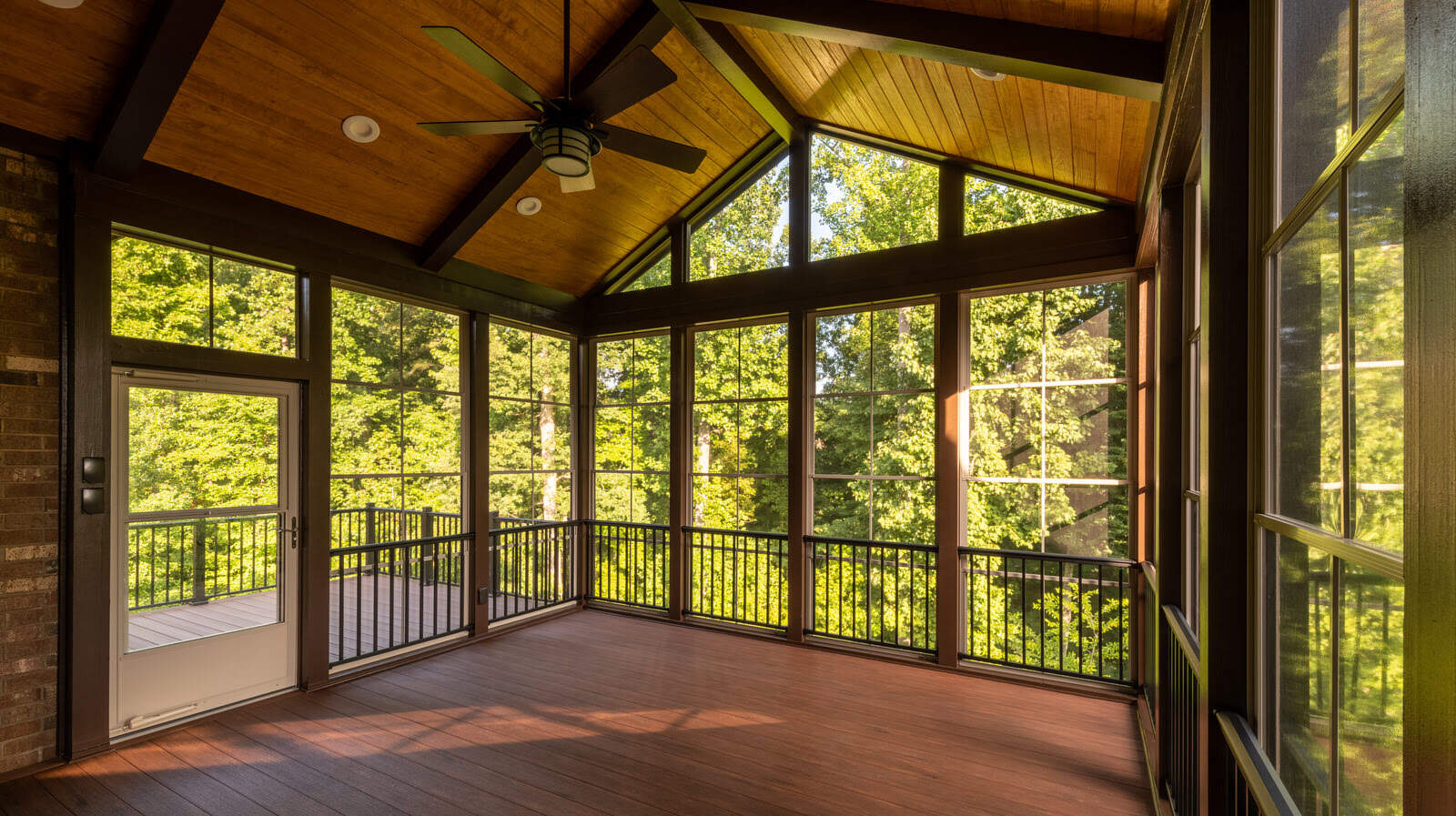
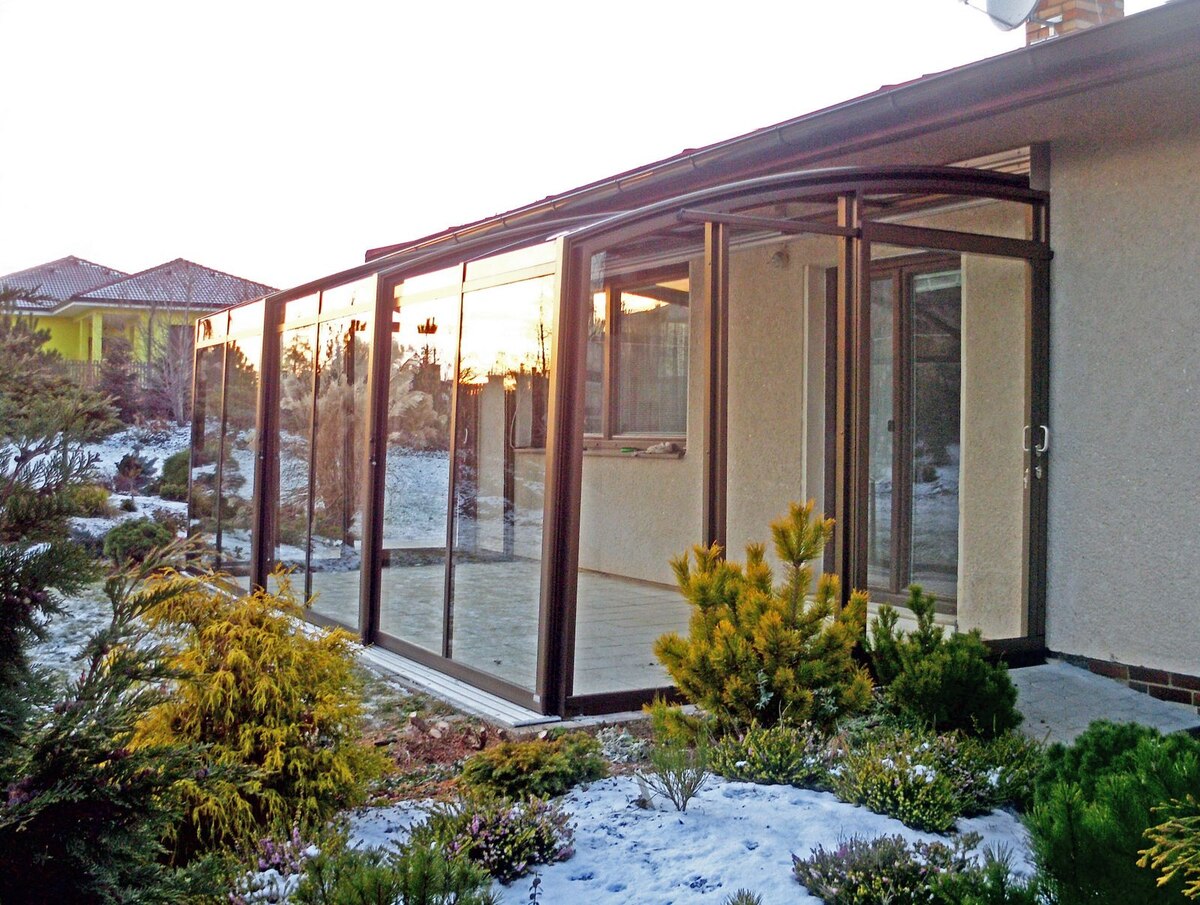
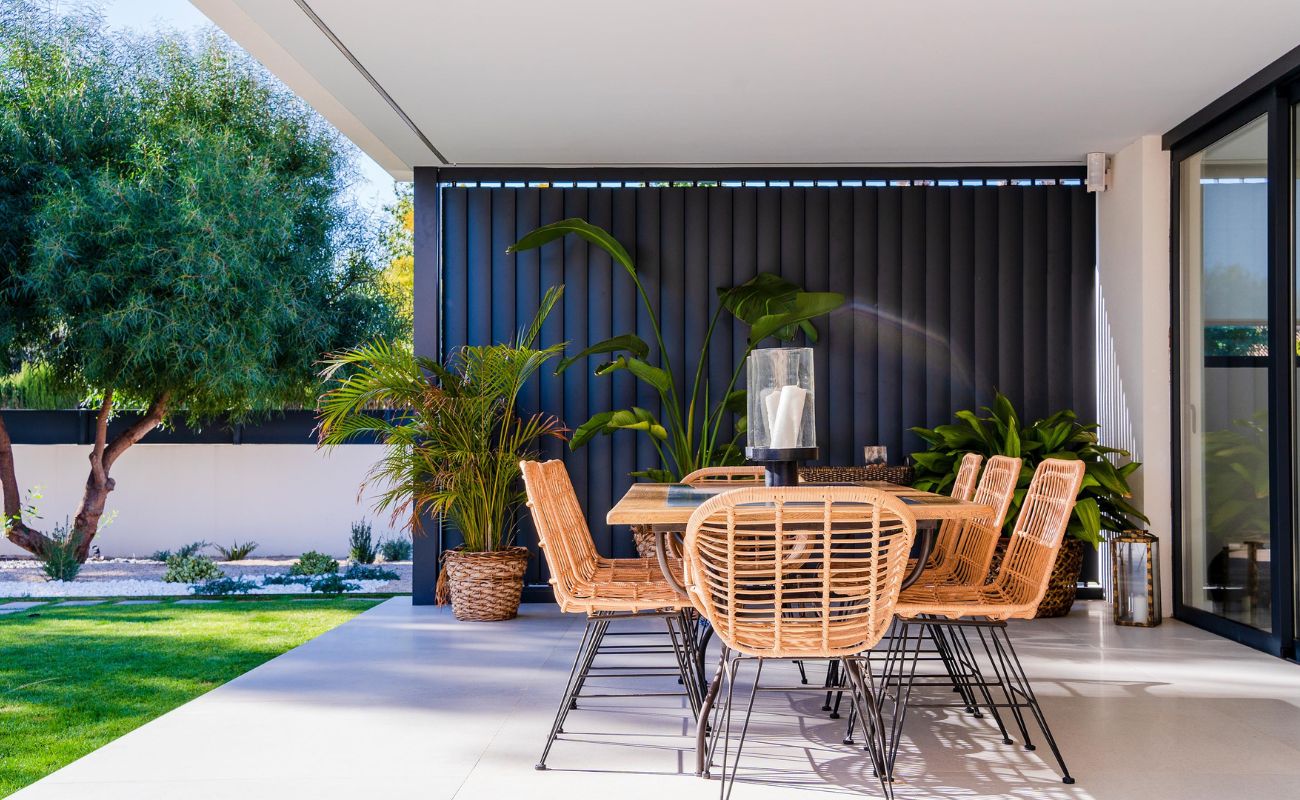
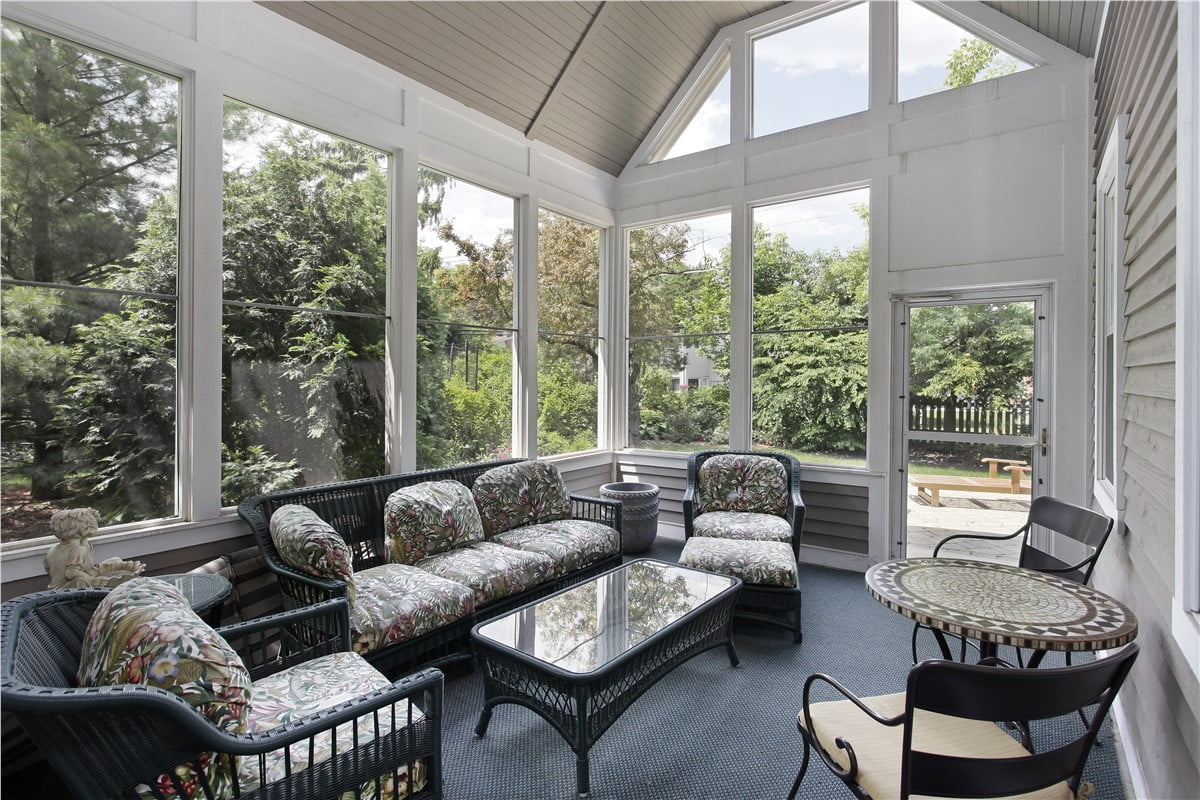
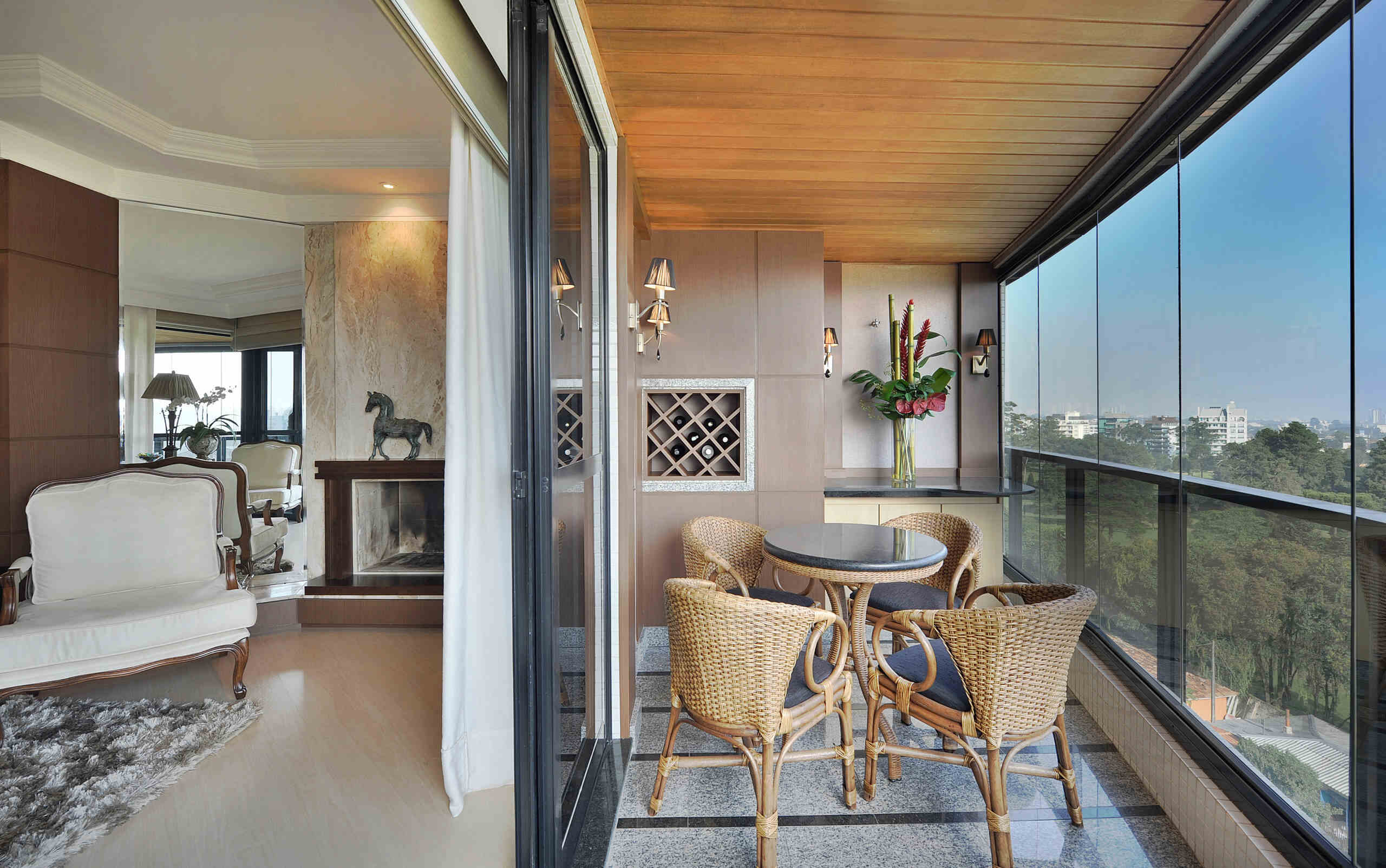
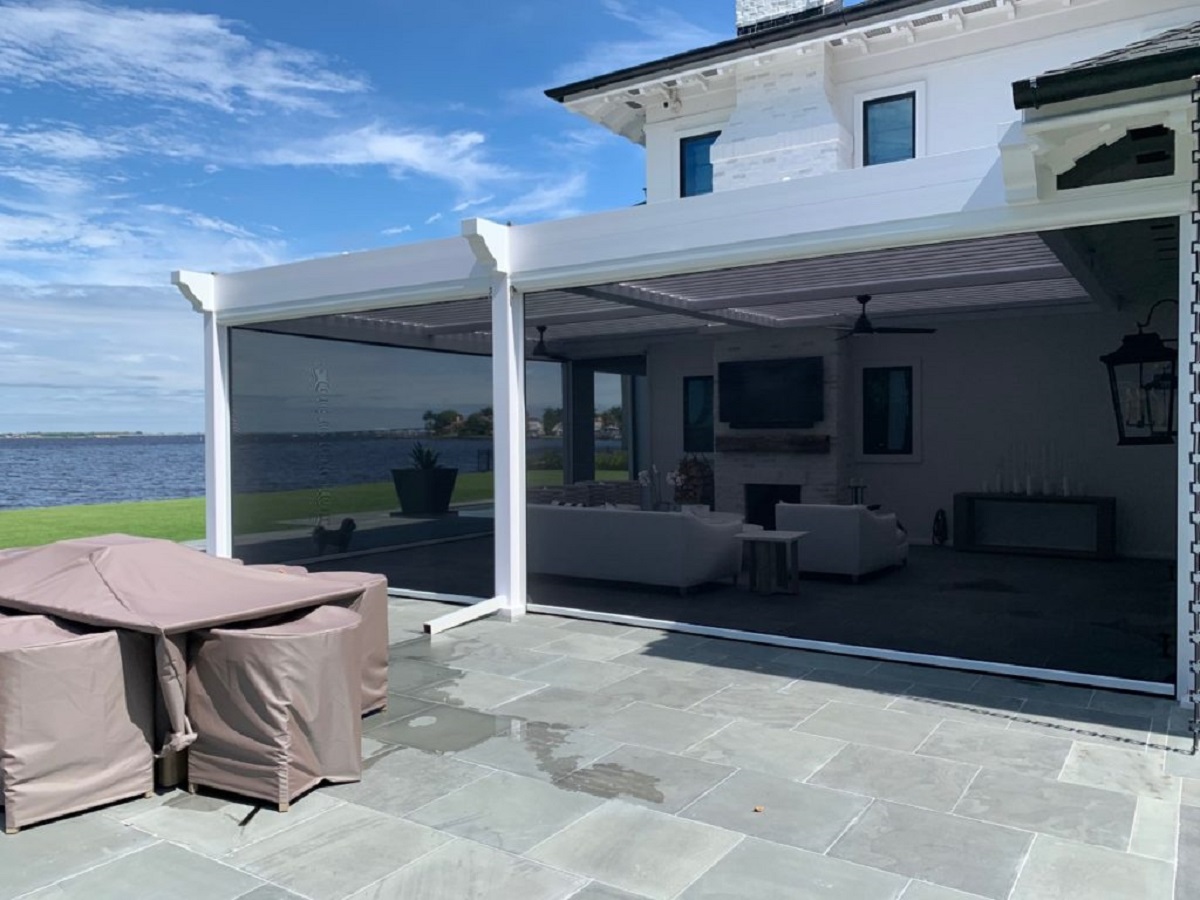
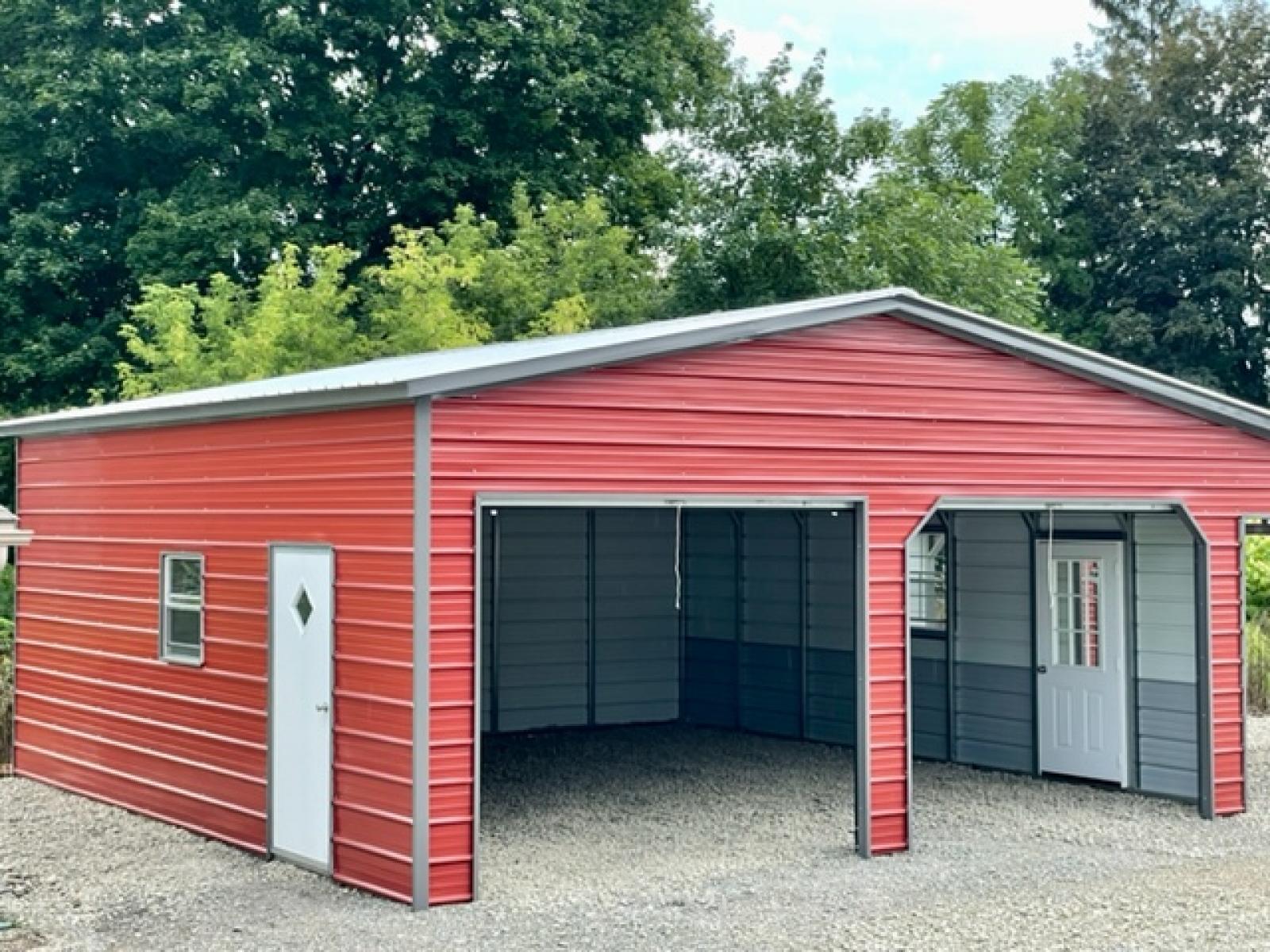
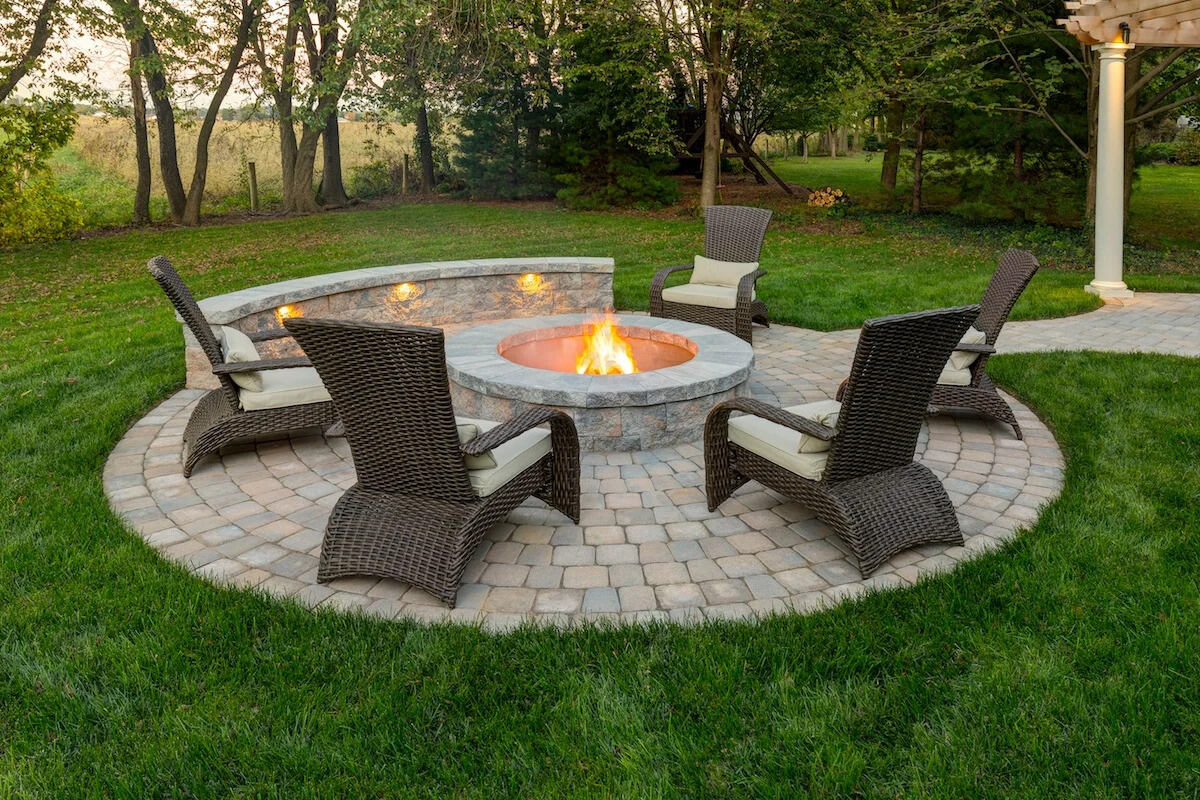
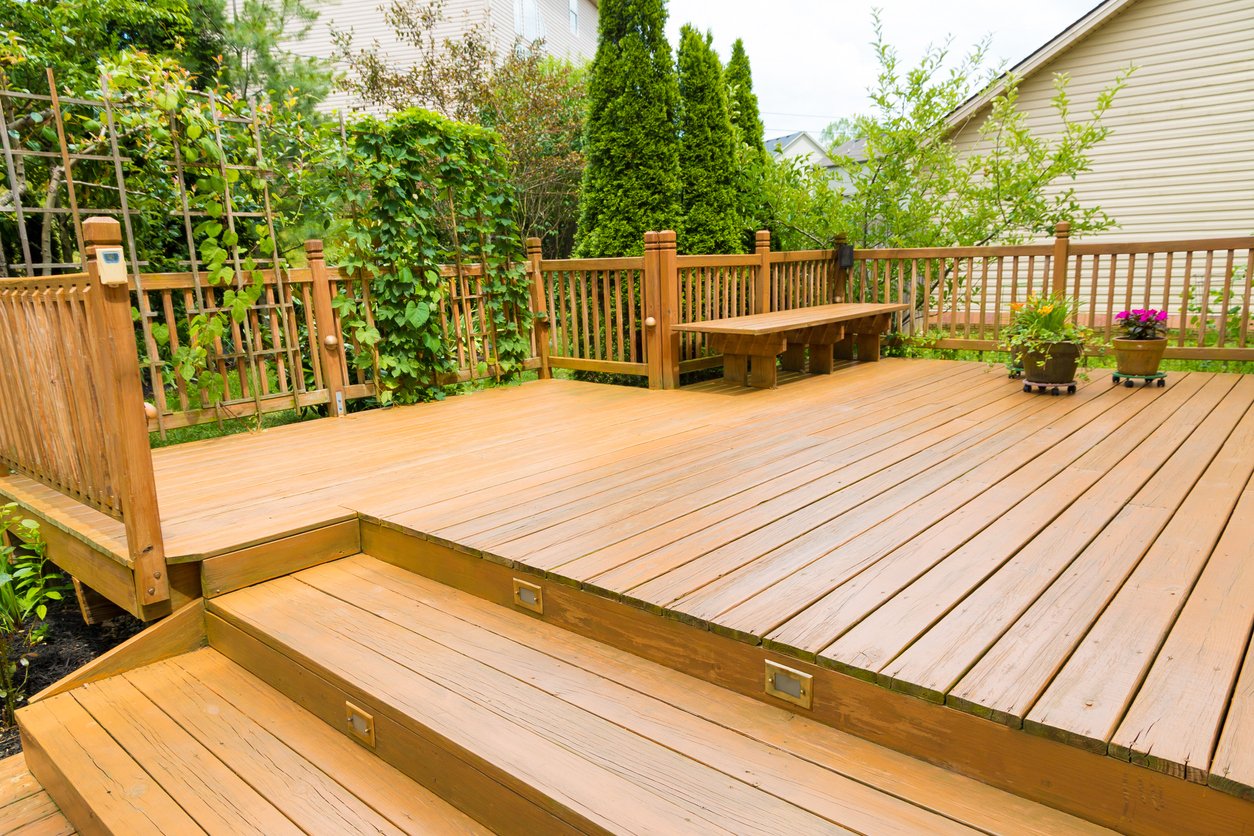
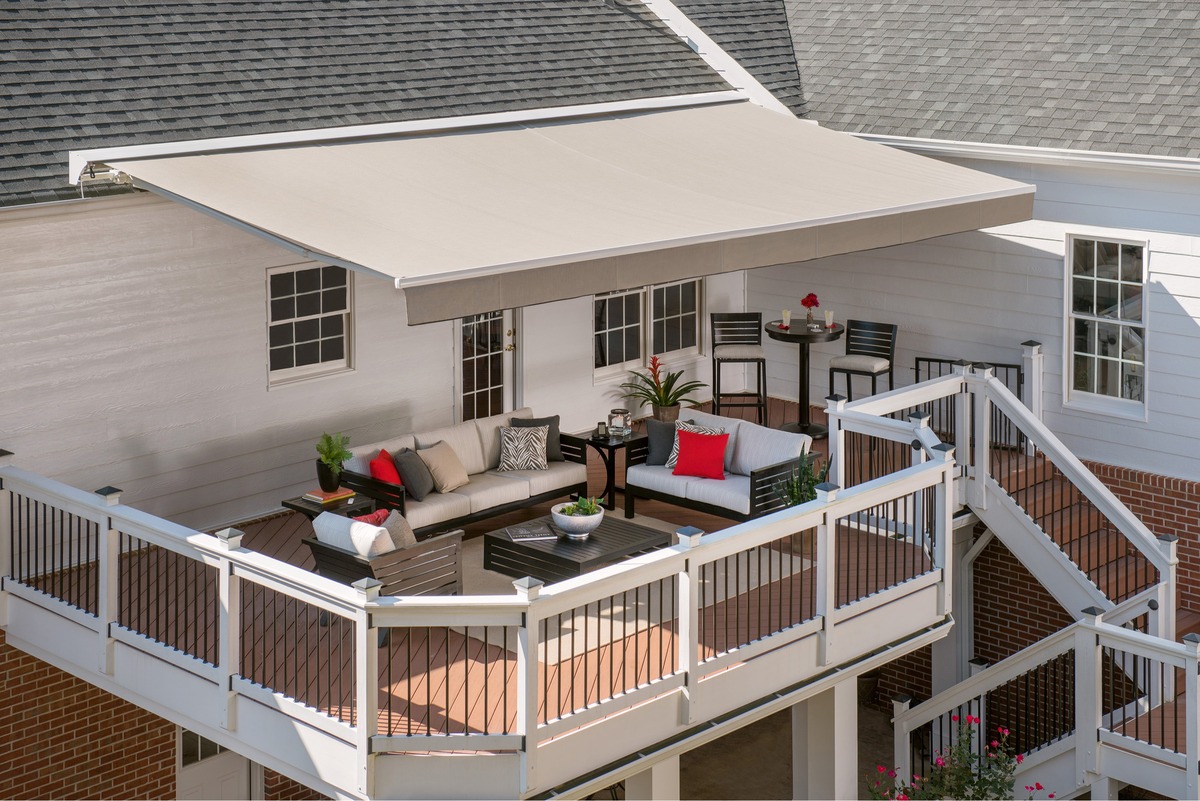
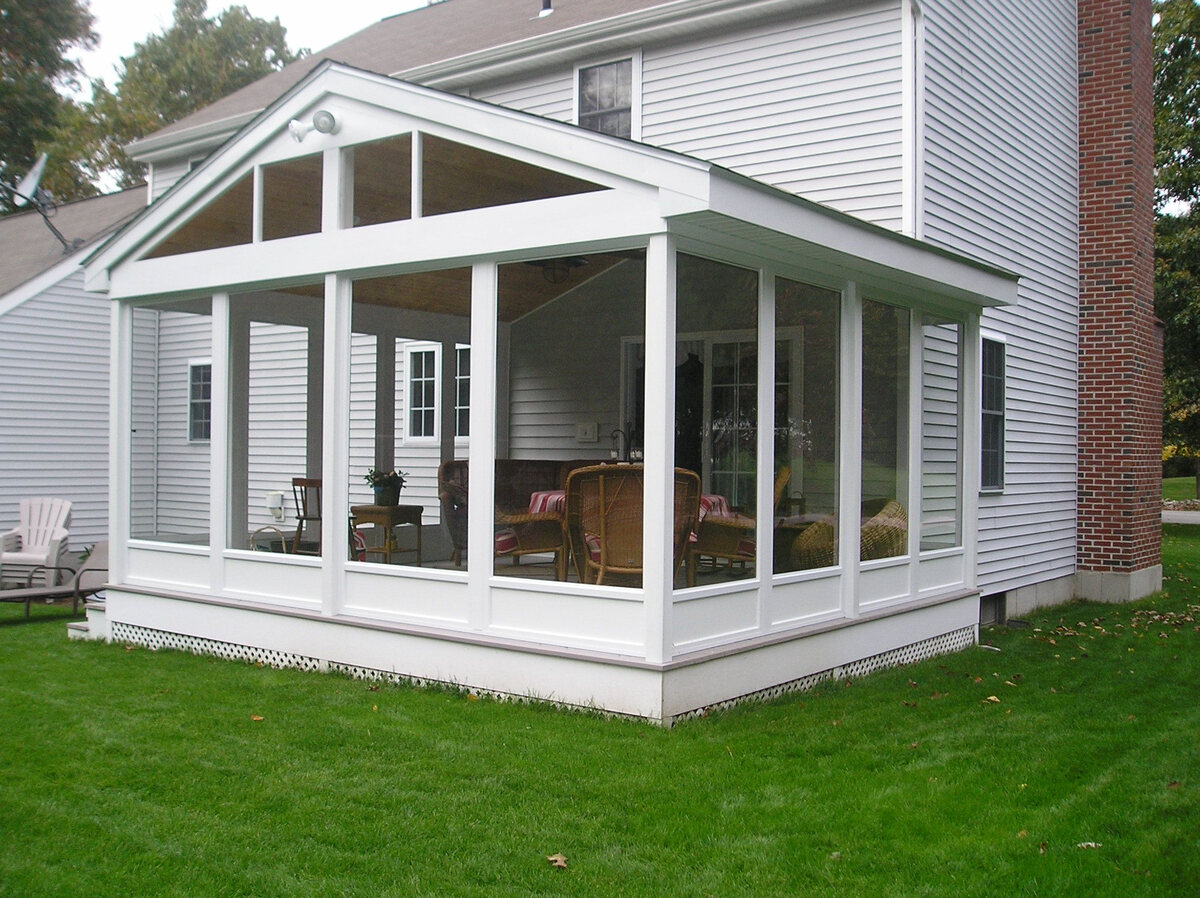
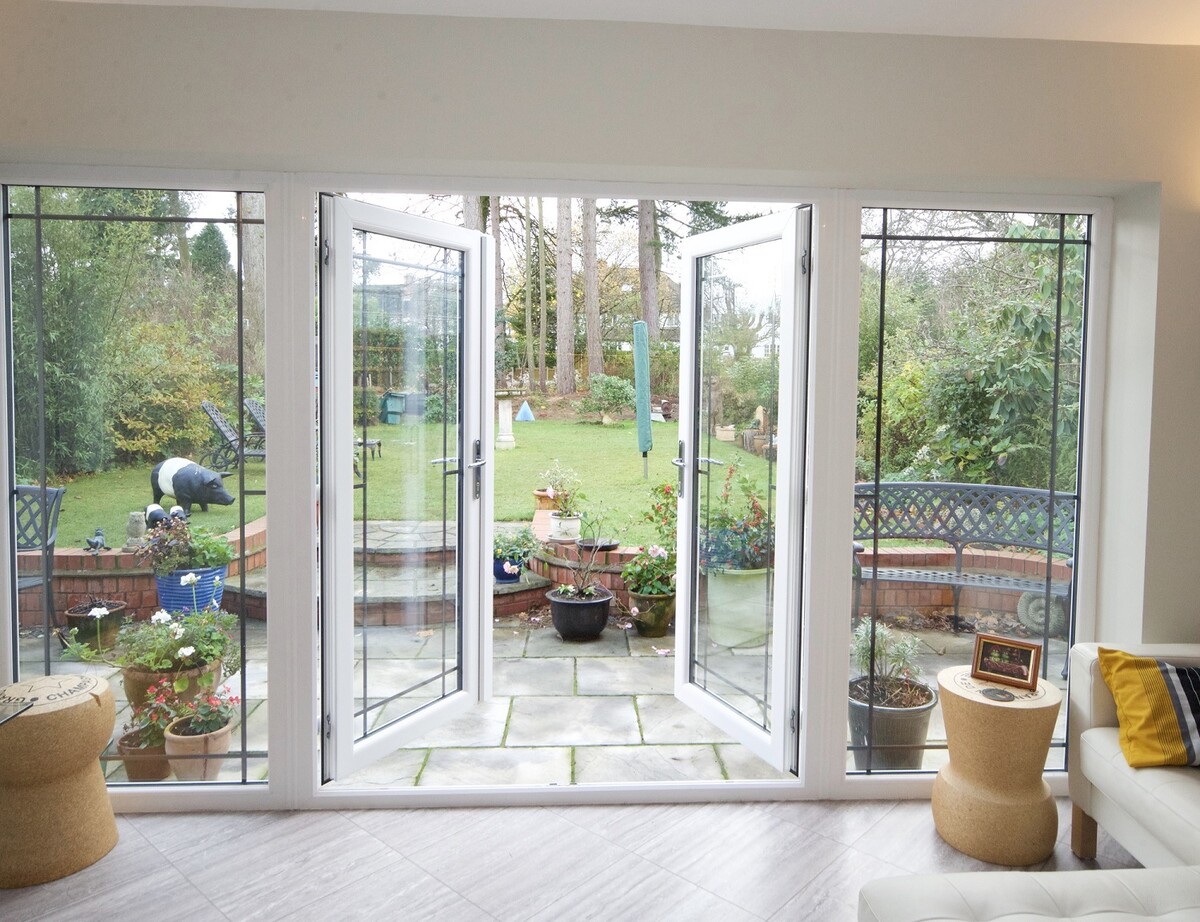
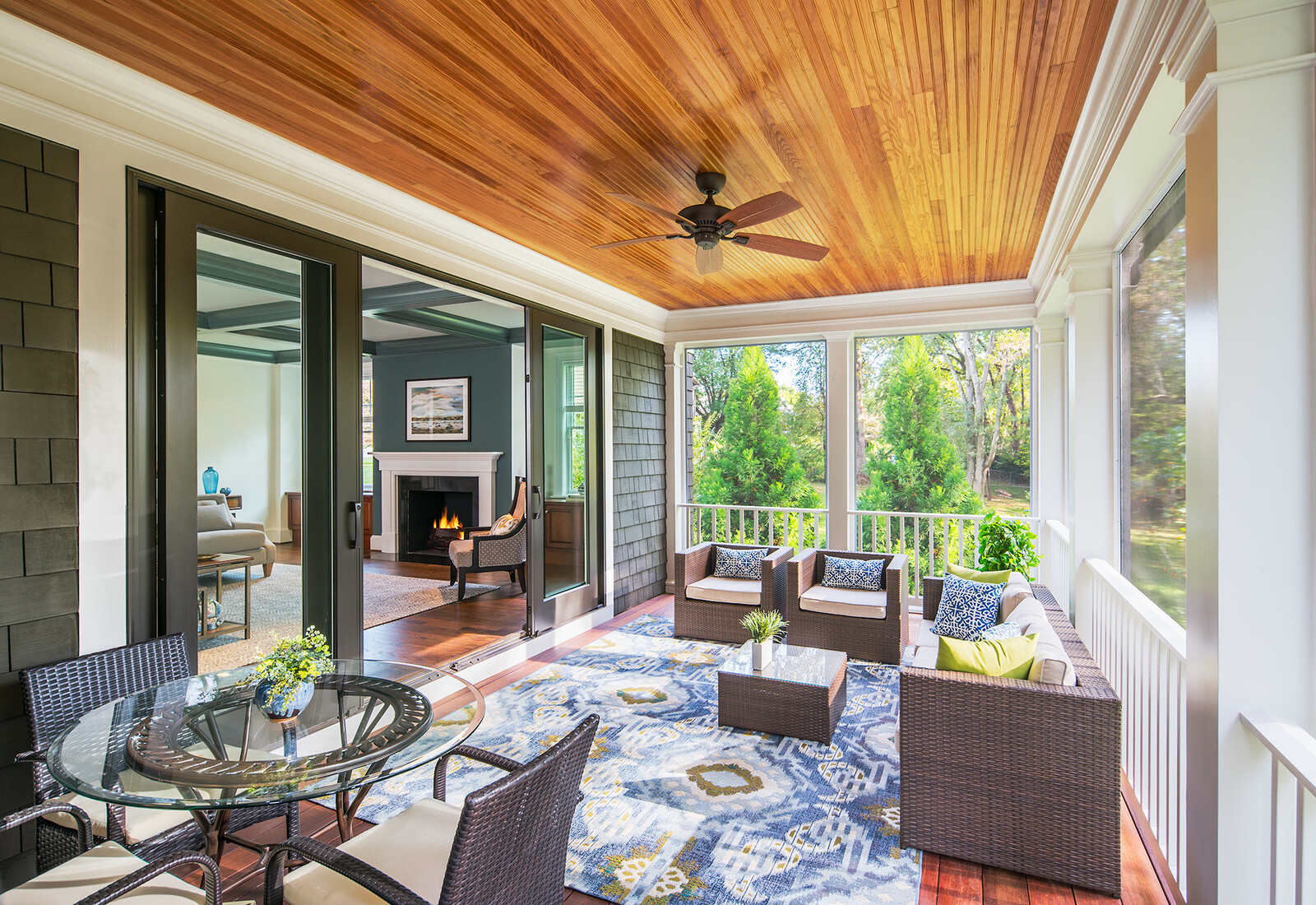
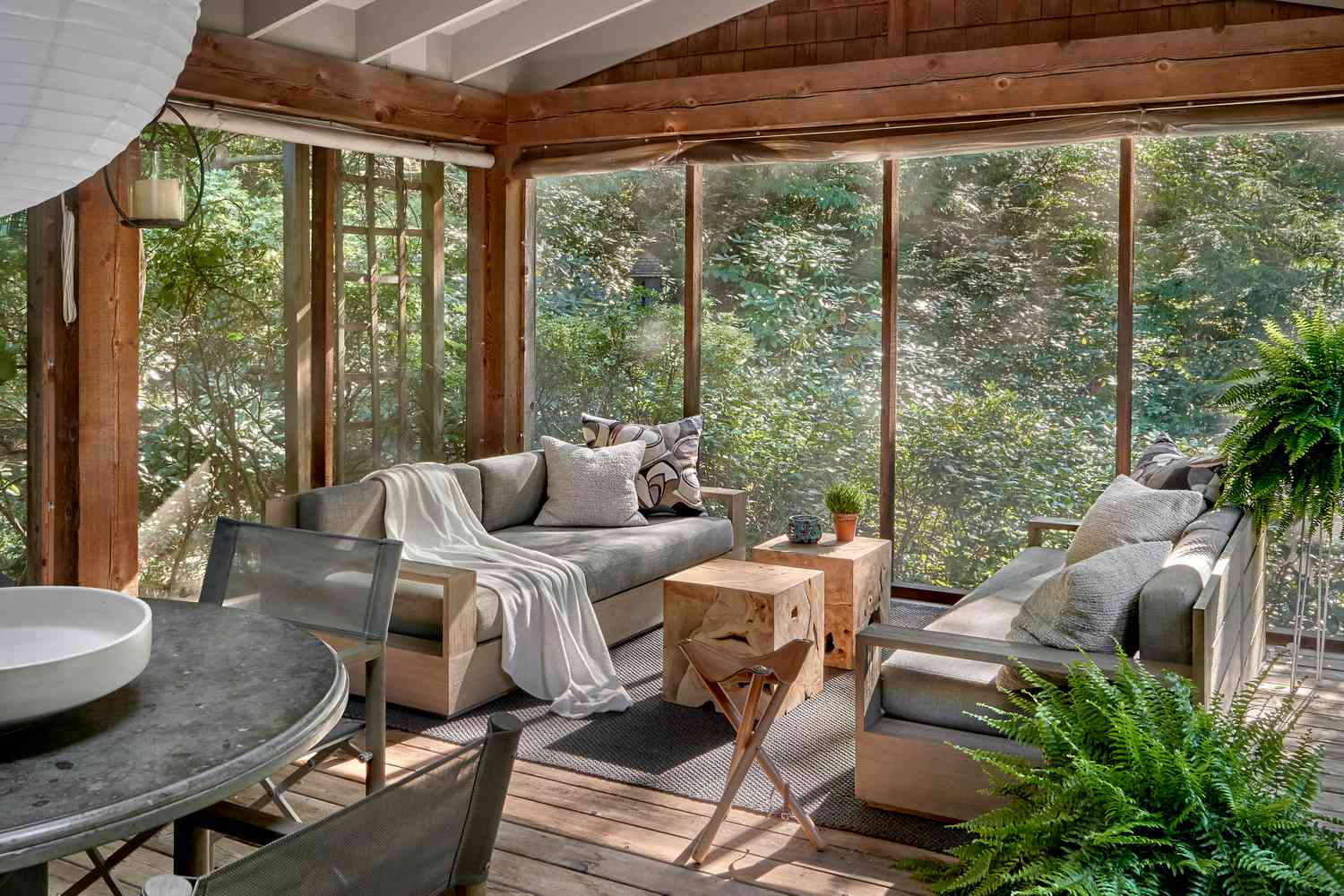

0 thoughts on “How Much Is An Enclosed Patio”